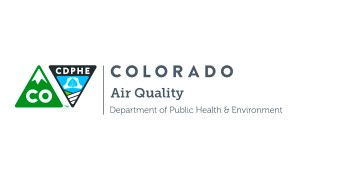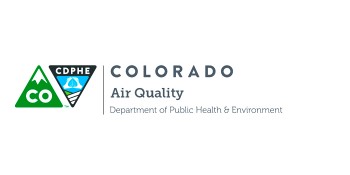The Colorado Department of Transportation (CDOT) is encouraging motorists to consider traveling home earlier today as winter storm conditions move into the state. Flash freezing conditions are a major concern as many of the interstates and highways may see rain that will quickly turn to snow or ice as temperatures are expected to drop rapidly. Wind gusts of 40-50 mph will result in blowing snow and poor visibility.
“This will be a challenging storm to tackle because of all the different variables being introduced from rain, snow, flash freeze conditions and high winds,” said Shailen Bhatt, CDOT Executive Director. “Our maintenance teams are out in full force and will use discretion and their expertise as to the appropriate product to use from our arsenal based on the conditions.”
Front Range/Metro Denver (Region 1)
This storm is predicted to have a high water content and conditions west of I-25 could see heavy snow, slush and icy conditions while east of I-25 may have snowfall with less moisture content. Heavy winds and low visibility should be expected throughout the state.
Southeast (Region 2)
High winds are expected throughout the southeast region of the state during this storm. The Colorado State Patrol has issued a high profile vehicle restriction for I-25 north and southbound from the Colorado, New Mexico state line to Pueblo, due to numerous vehicles being blown over by high winds.
Northwest (Region 3)
Elevations over 8000 feet and mountain passes are expected to see anywhere from 1-2 feet of snow. Colorado Avalanche Information Center (CAIC) forecasters are calling for increased avalanche danger in the high country. CO 65/Grand Mesa is currently closed for avalanche mitigation. Lower elevations are experiencing rain that will rapidly turn to snow as temperatures are expected to drop significantly. Motorists should slow down and drive for the conditions as flash freeze/black ice is expected.
Northeast (Region 4)
The moisture content of the snow on the Eastern Plains is expected to be less than in the mountains, so there is concern about blowing snow on those highways.
Southwest (Region 5)
Wet, heavy snow accumulations started early Friday morning at elevations as low as 6500 ft. Snowfall will continue with a winter storm warning in effect for Friday into Saturday. Snow and wind will create hazardous driving conditions throughout the area, especially in the mountains. Avalanche mitigation will take place, causing intermittent closures, along several mountain passes in the San Juan Range (US 550 and US 160 corridors).
Safety closures are full closures of the interstate. They are conducted to protect life and property or implemented to reduce the probability of incidences occurring. A safety closure may be initiated by local Law Enforcement, Colorado State Patrol, or CDOT. It may also be temporarily established by Fire or EMS. CDOT has broad authority to close any portion of a state highway to traffic due to a natural disaster, weather conditions, or any other emergency circumstances resulting in making road conditions unsafe for travel by motor vehicles. That authority includes closing a road to traffic if adequate tire chains or snow tires are determined to be necessary.
Motorists should be aware the Traction Law (Code 15) and Passenger Vehicle Chain Law (Code 16) could be implemented if conditions require it. When either law is in effect, highway signage will be activated.
· Traction Law — Motorists will need snow tires, tires with mud/snow (M/S) designation, or a four-wheel drive vehicle — all tires must have a minimum one-eighth inch tread.
· Passenger Vehicle Chain Law — Every vehicle on the roadway must have chains or an alternative traction device (like AutoSock).
Without proper equipment, you can be fined $130. If your vehicle blocks the roadway, you could be fined more than $650.
FOR MORE INFORMATION:
• The public can view snow plow locations on any device by clicking http://cotrip.org/snowplow.htm#/snowplow (also see upper right hand corner ofcotrip.org menu);
• Visit www.COTRIP.org to view road conditions, travel alerts and track our snow plows;
• Call 511 anywhere in Colorado for periodically updated road conditions;
• Sign up for GovDelivery alerts;
• Follow CDOT on Twitter and Facebook (though the latter will not provide the most up-to-date news and conditions).


